A couple of weeks ago, I attended a glamorous event in Melbourne to celebrate the launch of a high-end beauty product. As I circled the room, cocktail in hand, everyone looked to be having a fabulous time – an impression helped, I realised, by the fact that very few of the women there could actually frown.
Perhaps it’s my age, or social circle, but it’s increasingly difficult to find women who can knit their brows in a convincing way. You’d expect it from a crowd of beauty editors and influencers, whose livelihoods depend (in part) on looking fresh, but the glabellar lines, or ‘elevens’ – those vertical creases that form between your eyebrows when you glower – are disappearing from faces everywhere. I haven’t succumbed to Botox, yet, but at school drop off, drinks and at the gym, I’m starting to feel like Miss Haversham in a sea of Estellas.
The disappearance of the elevens is due to injectables such as Botox, of course. Australians love cosmetic treatments: we spend more than $1 billion every year on procedures, and Millennials aged 23 to 42 are undergoing cosmetic surgery at a greater rate than any other generation.
Botox is by far the most searched cosmetic treatment online and its popularity is obvious from the sheer number of practitioners offering it, from specialists, cosmetic doctors, nurses, beauticians and more. And when people are dipping their toes into tweakments, the elevens are often where they start.
Australians spend more than $1 billion every year on procedures
“The glabellar area between the brows is probably the area people dabble with first,” confirms Melbourne plastic surgeon Ramin Shayan, adding that the forehead and fine lines around the eyes are close behind. “The reason patients start with that area is its association with being angry or in a bad mood.”
Women undoubtedly have a lot to be angry about, but that doesn’t mean we want to look it. Few of us want a ‘resting bitch face’, as it’s so charmingly described (there doesn’t seem to be a male equivalent). But the ubiquity of Botox does raise an interesting question: as increasing numbers of us erase the elevens from our faces, will noticeably grumpy women cease to exist?
To answer that, Melbourne dermatologist Dr Katherine Armour offers a quick explanation of how Botox works. “The muscle between the eyebrows is called the procerus and while it’s a big, strong muscle it’s only partially responsible for a frown,” she says. “The corrugator supercilia muscles run just above our eyebrows, basically, and they also play a role in frowning. So you have to inject them at the same time, in order to keep the face harmonious.”
Injecting Botox every three months or so will prevent these muscles from moving, causing them to atrophy and preventing a crease from forming, she adds. As with exercise, if you don’t move your muscles, they’ll start to waste away. So, it’s likely that if you start Botox early enough, you’ll need fewer injections over time and your elevens may never appear.
As increasing numbers of us erase the elevens from our faces, will noticeably grumpy women cease to exist?
Dr Naomi McCullum, founder of Sydney’s The Manse clinic, says women typically start injectables for their frown lines in their mid-to-late twenties.
“When I’m looking at a patient, I’m looking at them in 10 years’ time,” she says. “I want to set them up for looking great, so prevention is really important for us.” Given the number of young women getting preventative Botox, it’s highly likely the elevens will disappear in a significant subset.
At 46, so prevention isn’t an option for me. But injectables could still potentially soften my existing lines and prevent them from worsening, McCullum adds. “It really depends on your skin type and thickness, and genetics, too.”
I don’t think I have resting bitch face, but like many women, I’m annoyed fairly frequently, and it shows. (There’s something about the gender pay gap, mental load and the fact no one picks up their towels from the floor that really gives my glabellars a workout.) It’s also less acceptable for women in our society to show their annoyance.
Armour agrees that women’s grumpiness is less well-tolerated than men’s. “We’re supposed to be lady bosses, but also nurturing and generous with our time, and our emotional support,” she notes wryly. “If we’re harsh, we’re really judged, whereas cutthroat behaviour in men is assumed to contribute to their success.”
The happiness link
Interestingly, there’s a body of research suggesting that injectables for the ‘elevens’ improves patients’ happiness beyond simply looking more relaxed. Firstly, “the simplest measure of their happiness is the high rate of return for more treatment,” says McCullum.
Several scientific papers have proposed the so-called ‘feedback hypothesis’, a theory that forming a facial expression strengthens the internal feeling of that expression. Just as smiling has been shown to make cartoons seem funnier, frowning makes you feel more annoyed. There’s also the possibility that patients who looked happier elicited a more welcoming response from others, which in turn made them happier.
I love the idea of Botox melting away women’s bad moods along with our frown lines, but fear it isn’t that straightforward. The prohibitive cost for many of us – between $300 and $400 per treatment – also means the elevens are unlikely to disappear completely.
While I’m tempted by the thought of reducing my elevens, I’m worried about the effect on my children. Nevermind fancy beauty events, I’m more concerned by the potential change in the kids’ behaviour change if I’m no longer able to deter them with a stern frown and steely glare? Will I have to resort to other means to enforce basic manners and civility?
Perhaps that isn’t a risk worth taking.
If you’re not ready for Botox…
Nothing beats the results of Botox on elevens, but here are three at-home products that beauty editor Sherine Youssef recommends:




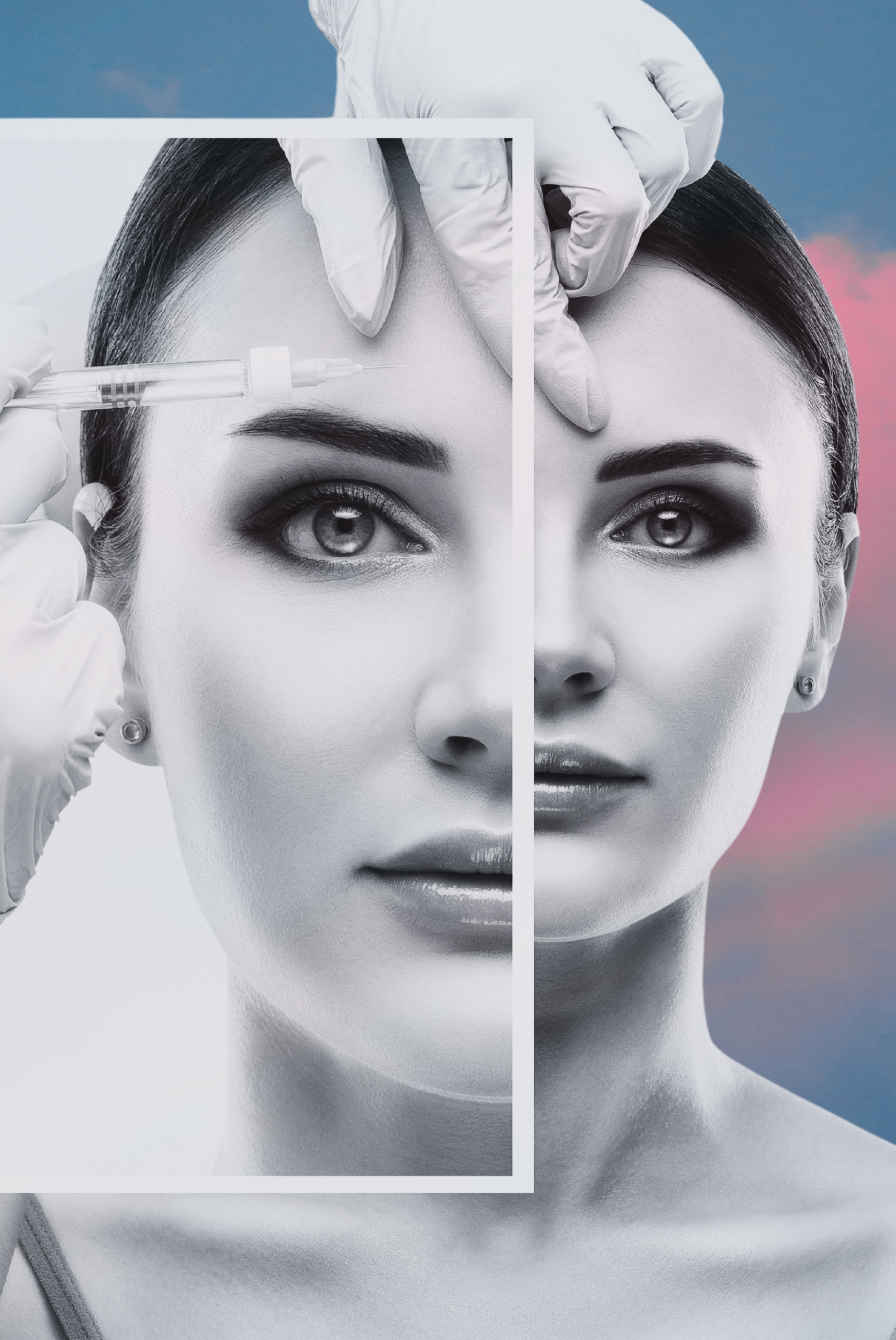


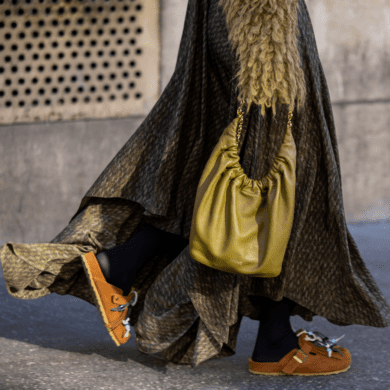

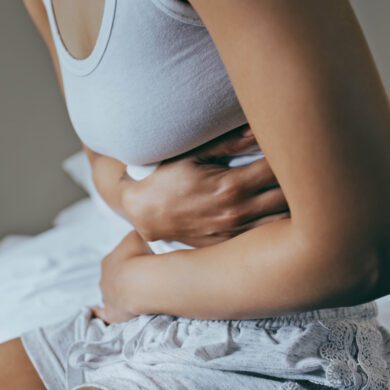
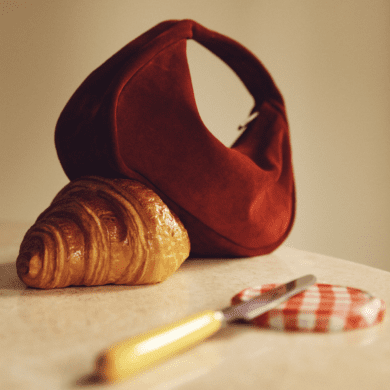
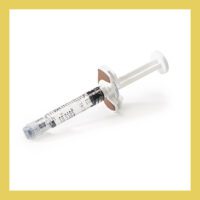
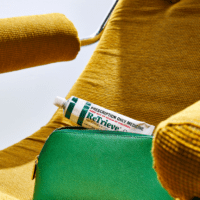
No Comments